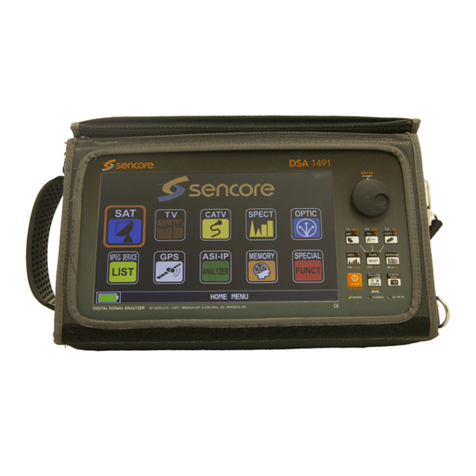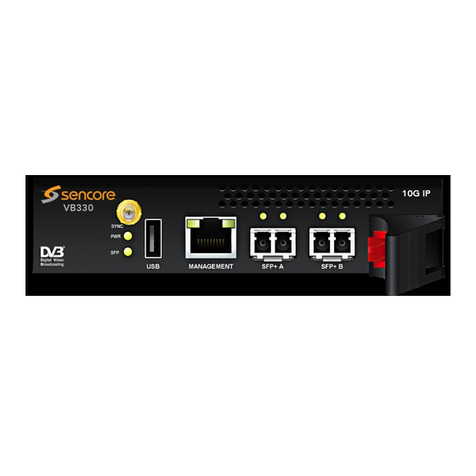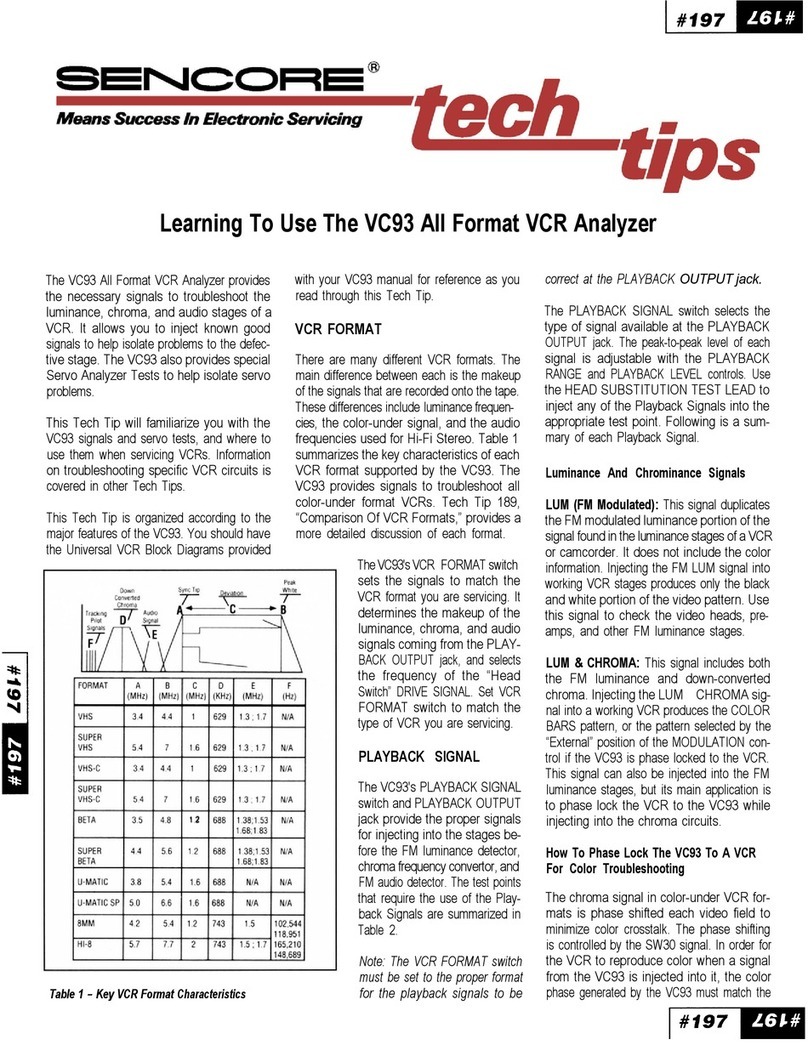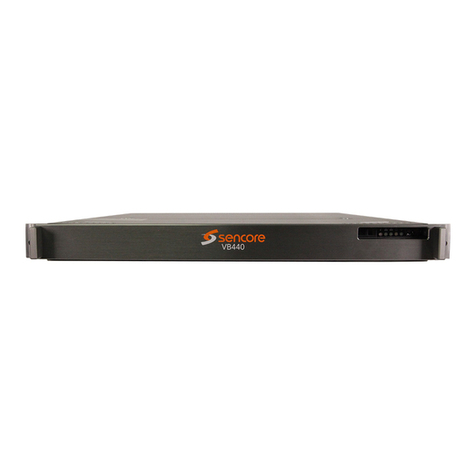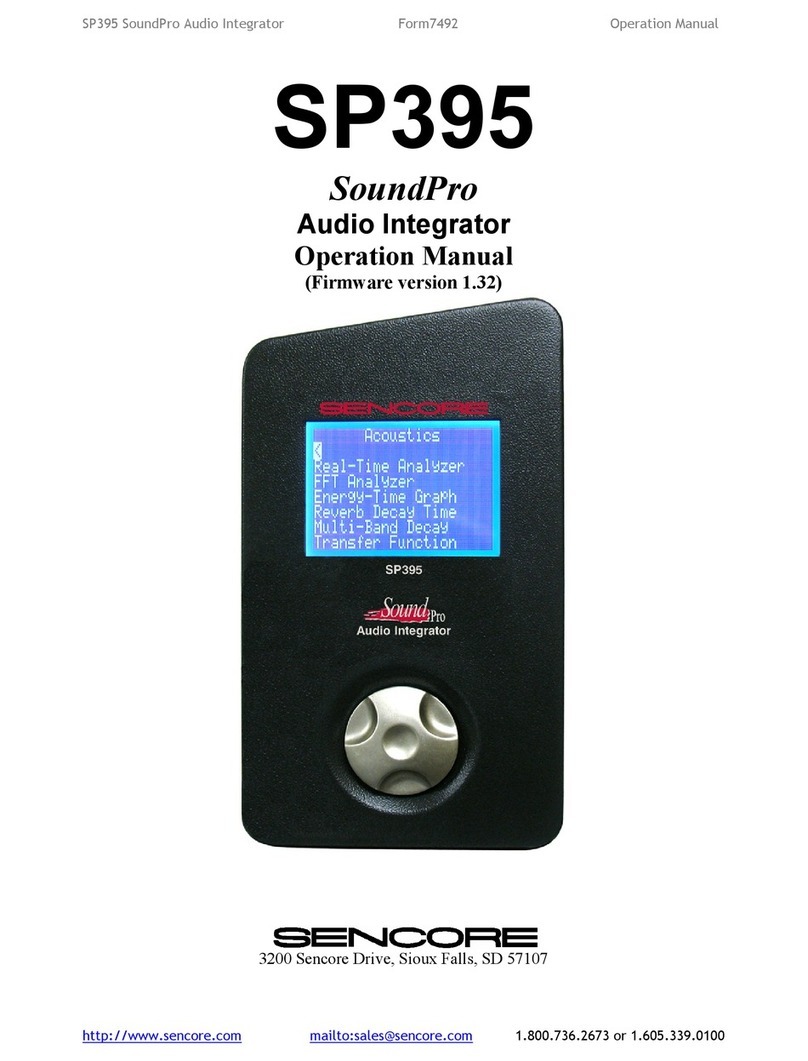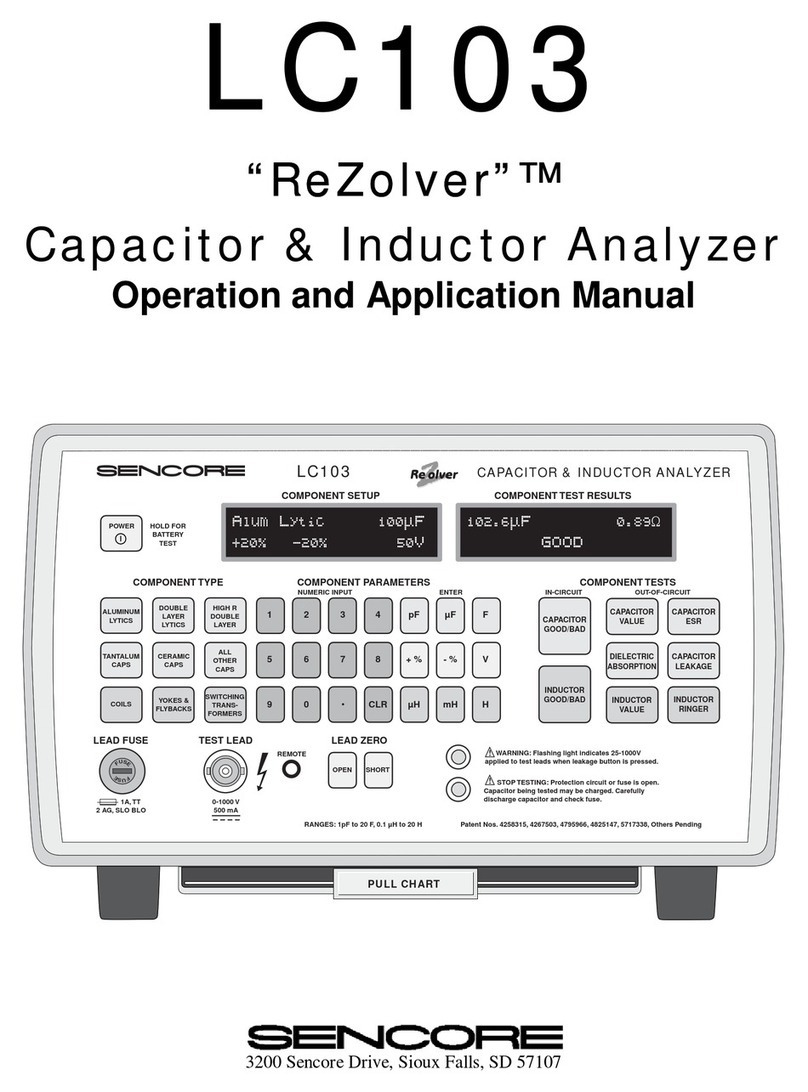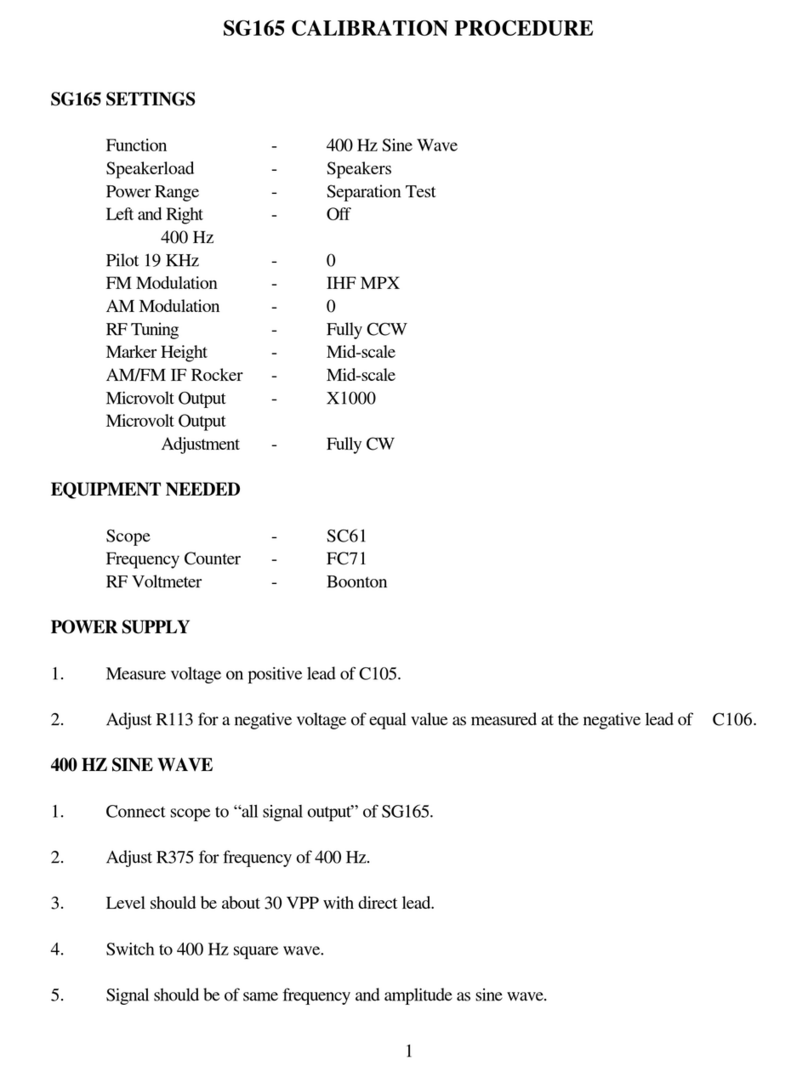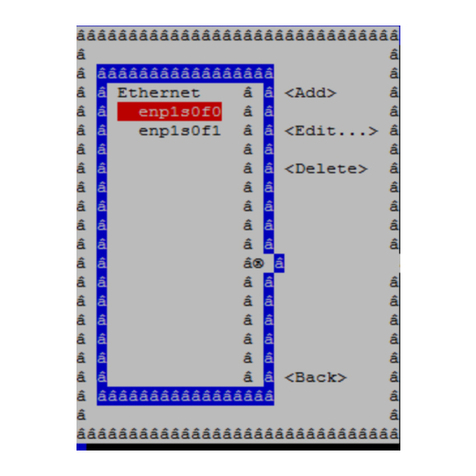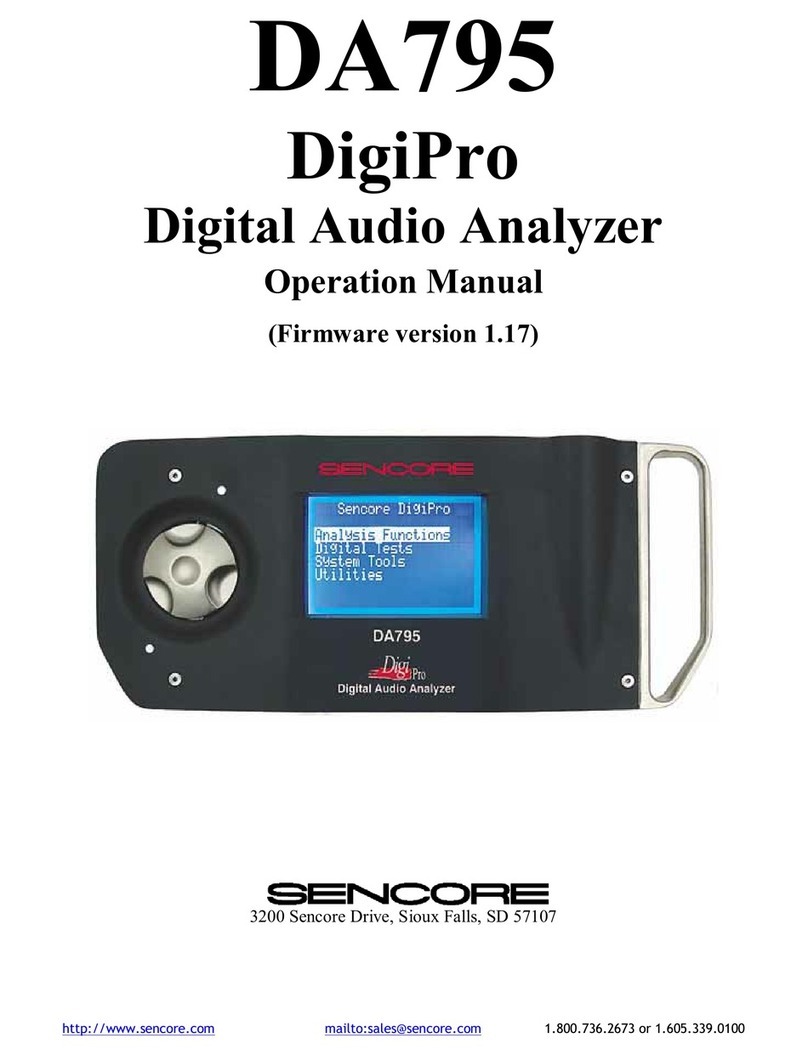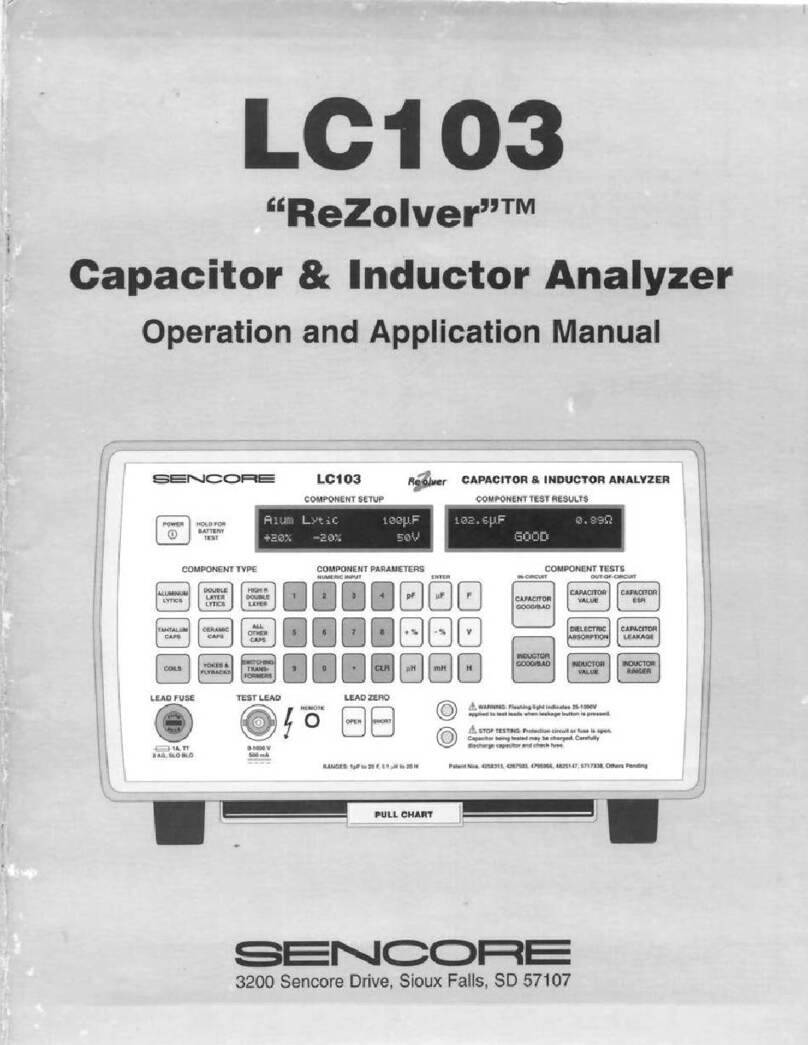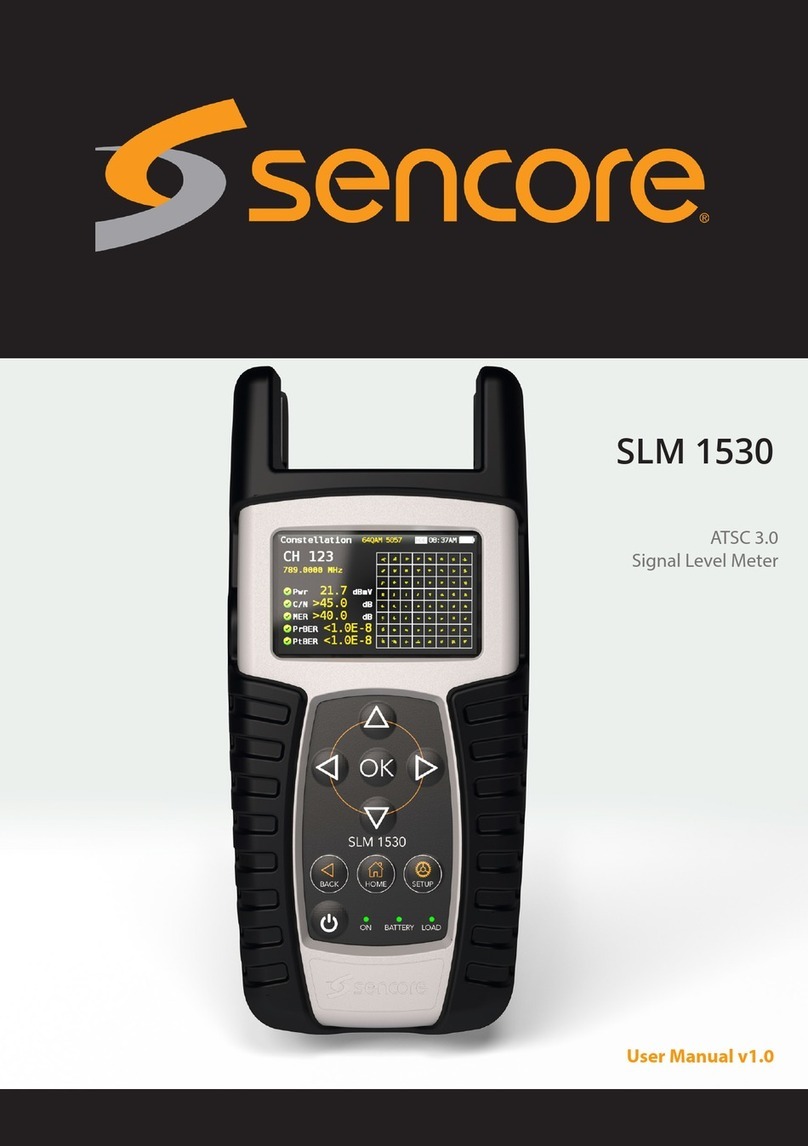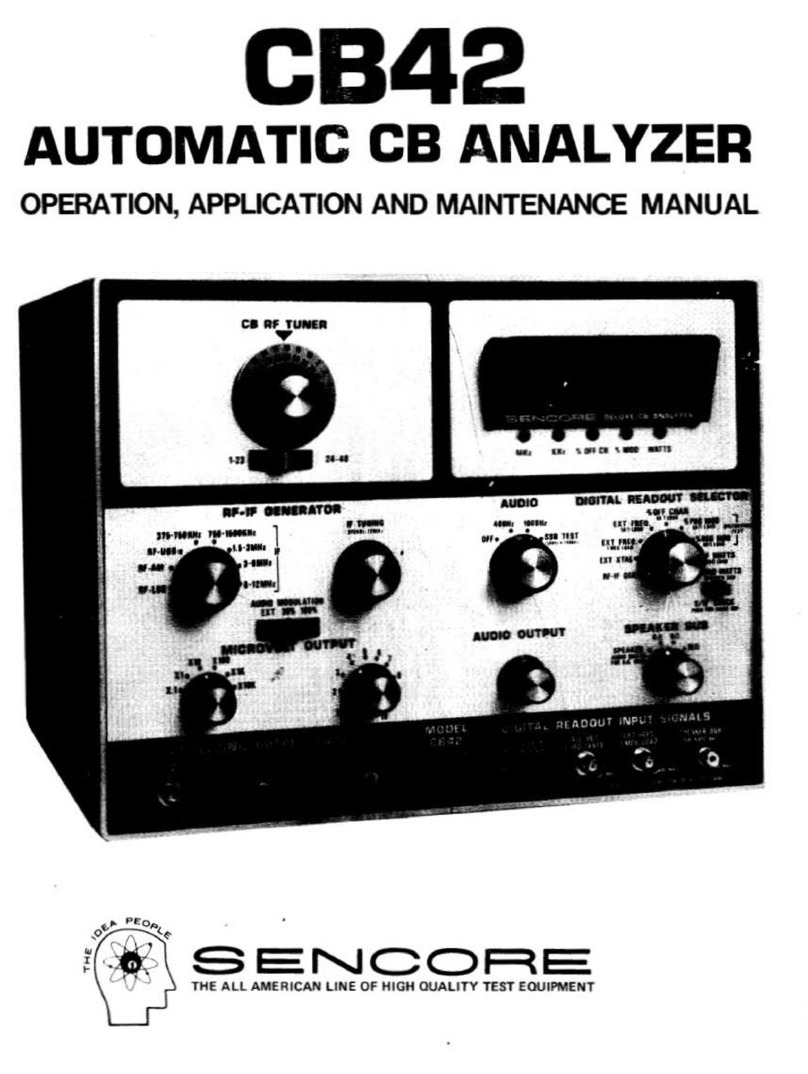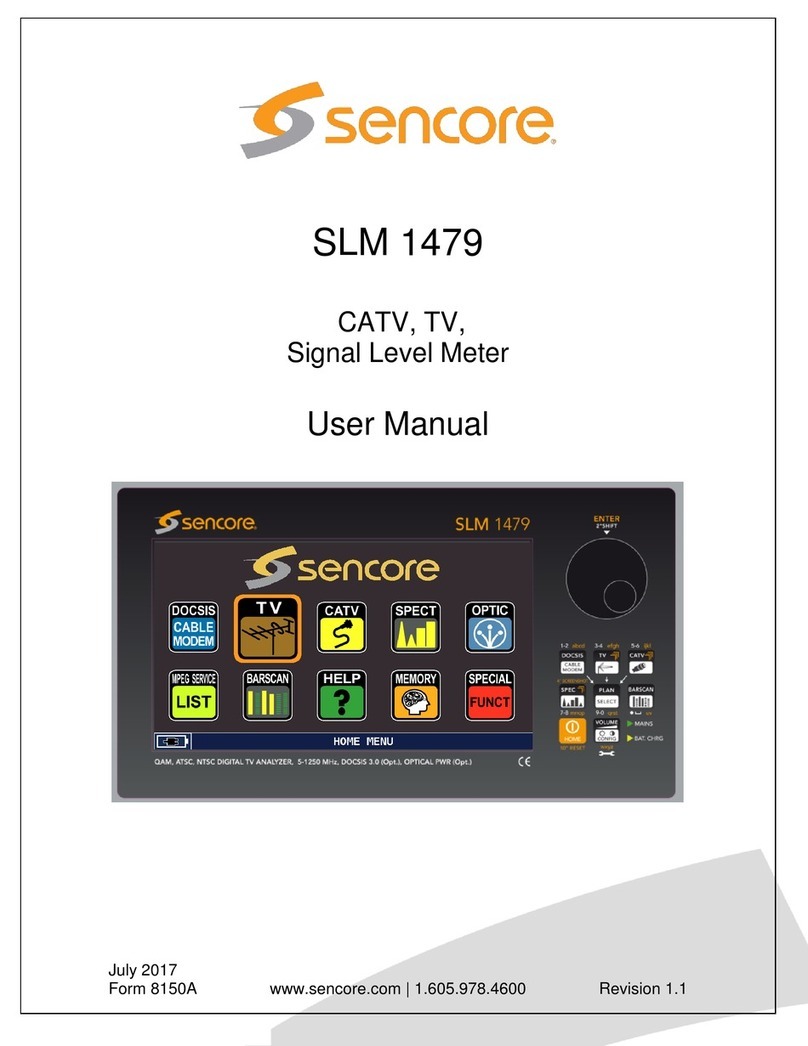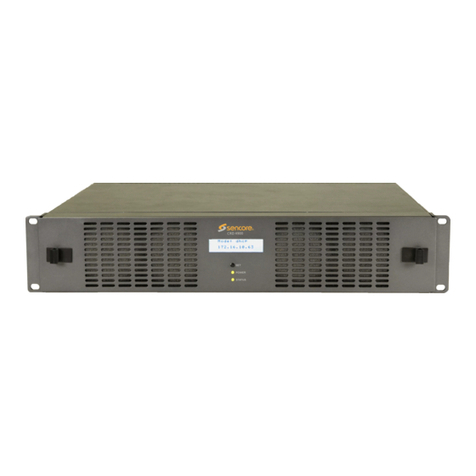
6.6.2 RDP — Setup . . . . . . . . . . . . . . . . . . . . . . . . . . . . . . . . . . . . 92
6.7 Traffic............................................. 94
6.7.1 Traffic — Protocols . . . . . . . . . . . . . . . . . . . . . . . . . . . . . . . . . 94
6.7.2 Traffic — Detect . . . . . . . . . . . . . . . . . . . . . . . . . . . . . . . . . . . 96
6.7.3 Traffic — Filter statistics . . . . . . . . . . . . . . . . . . . . . . . . . . . . . . . 97
6.7.4 Traffic — Filter setup . . . . . . . . . . . . . . . . . . . . . . . . . . . . . . . . 100
6.7.5 Traffic — Microbitrate . . . . . . . . . . . . . . . . . . . . . . . . . . . . . . . . 102
6.8 Ethernet ........................................... 103
6.8.1 Ethernet — FSM . . . . . . . . . . . . . . . . . . . . . . . . . . . . . . . . . . 103
6.8.1.1 Ethernet — FSM — Monitor . . . . . . . . . . . . . . . . . . . . . . . 104
6.8.1.2 Ethernet — FSM — Setup . . . . . . . . . . . . . . . . . . . . . . . 105
6.8.1.3 Ethernet — FSM — Syslog . . . . . . . . . . . . . . . . . . . . . . . 107
6.8.2 Ethernet — IGMP . . . . . . . . . . . . . . . . . . . . . . . . . . . . . . . . . . 108
6.8.3 Ethernet — PCAP . . . . . . . . . . . . . . . . . . . . . . . . . . . . . . . . . . 109
6.9 ETR 290 (Option) . . . . . . . . . . . . . . . . . . . . . . . . . . . . . . . . . . . . . . 110
6.9.1 ETR 290 — ETR Overview . . . . . . . . . . . . . . . . . . . . . . . . . . . . . 111
6.9.2 ETR 290 — ETR Details . . . . . . . . . . . . . . . . . . . . . . . . . . . . . . 112
6.9.3 ETR 290 — PIDs . . . . . . . . . . . . . . . . . . . . . . . . . . . . . . . . . . 114
6.9.4 ETR 290 — Services . . . . . . . . . . . . . . . . . . . . . . . . . . . . . . . . 116
6.9.5 ETR 290 — Bitrates . . . . . . . . . . . . . . . . . . . . . . . . . . . . . . . . . 119
6.9.6 ETR 290 — Tables . . . . . . . . . . . . . . . . . . . . . . . . . . . . . . . . . 120
6.9.7 ETR 290 — PCR . . . . . . . . . . . . . . . . . . . . . . . . . . . . . . . . . . 123
6.9.8 ETR 290 — T2MI (requires T2MI-OPT) . . . . . . . . . . . . . . . . . . . . . . 125
6.9.9 ETR 290 — SCTE 35 (requires SCTE35-OPT) . . . . . . . . . . . . . . . . . . 129
6.9.10 ETR 290 — Status . . . . . . . . . . . . . . . . . . . . . . . . . . . . . . . . . 131
6.9.11 ETR 290 — Compare . . . . . . . . . . . . . . . . . . . . . . . . . . . . . . . . 132
6.9.12 ETR 290 — ETR thr. . . . . . . . . . . . . . . . . . . . . . . . . . . . . . . . . 136
6.9.13 ETR 290 — PID thresh. . . . . . . . . . . . . . . . . . . . . . . . . . . . . . . . 148
6.9.14 ETR 290 — Service thresh. . . . . . . . . . . . . . . . . . . . . . . . . . . . . 151
6.9.15 ETR 290 — Gold TS thresholds . . . . . . . . . . . . . . . . . . . . . . . . . . 154
6.10 Setup............................................. 160
6.10.1 Setup — Params . . . . . . . . . . . . . . . . . . . . . . . . . . . . . . . . . . 160
6.10.2 Setup — Pages . . . . . . . . . . . . . . . . . . . . . . . . . . . . . . . . . . . 162
6.10.3 Setup — Colors (requires EXTRACT-OPT) . . . . . . . . . . . . . . . . . . . . 162
6.10.4 Setup — Time . . . . . . . . . . . . . . . . . . . . . . . . . . . . . . . . . . . . 163
6.10.5 Setup — Ethernet . . . . . . . . . . . . . . . . . . . . . . . . . . . . . . . . . . 164
6.10.5.1 Setup — Ethernet — IPv6 Settings . . . . . . . . . . . . . . . . . . . 165
6.10.5.2 Example 1 – Separate Management IPv4 . . . . . . . . . . . . . . . 167
6.10.5.3 Example 2 – In-Line Management IPv4 . . . . . . . . . . . . . . . . 167
6.10.5.4 Example 3 – Mixed Mode IPv4 . . . . . . . . . . . . . . . . . . . . . 168
6.10.6 Setup — VLANs . . . . . . . . . . . . . . . . . . . . . . . . . . . . . . . . . . . 168
6.10.7 Setup — VBC . . . . . . . . . . . . . . . . . . . . . . . . . . . . . . . . . . . . 169
6.10.8 Setup — Login . . . . . . . . . . . . . . . . . . . . . . . . . . . . . . . . . . . 170
6.10.9 Setup — ETR . . . . . . . . . . . . . . . . . . . . . . . . . . . . . . . . . . . . 171
6.10.9.1 Parsing rules for private descriptors . . . . . . . . . . . . . . . . . . 171
VB3xx 10G Probe User’s Manual version 5.3 5
